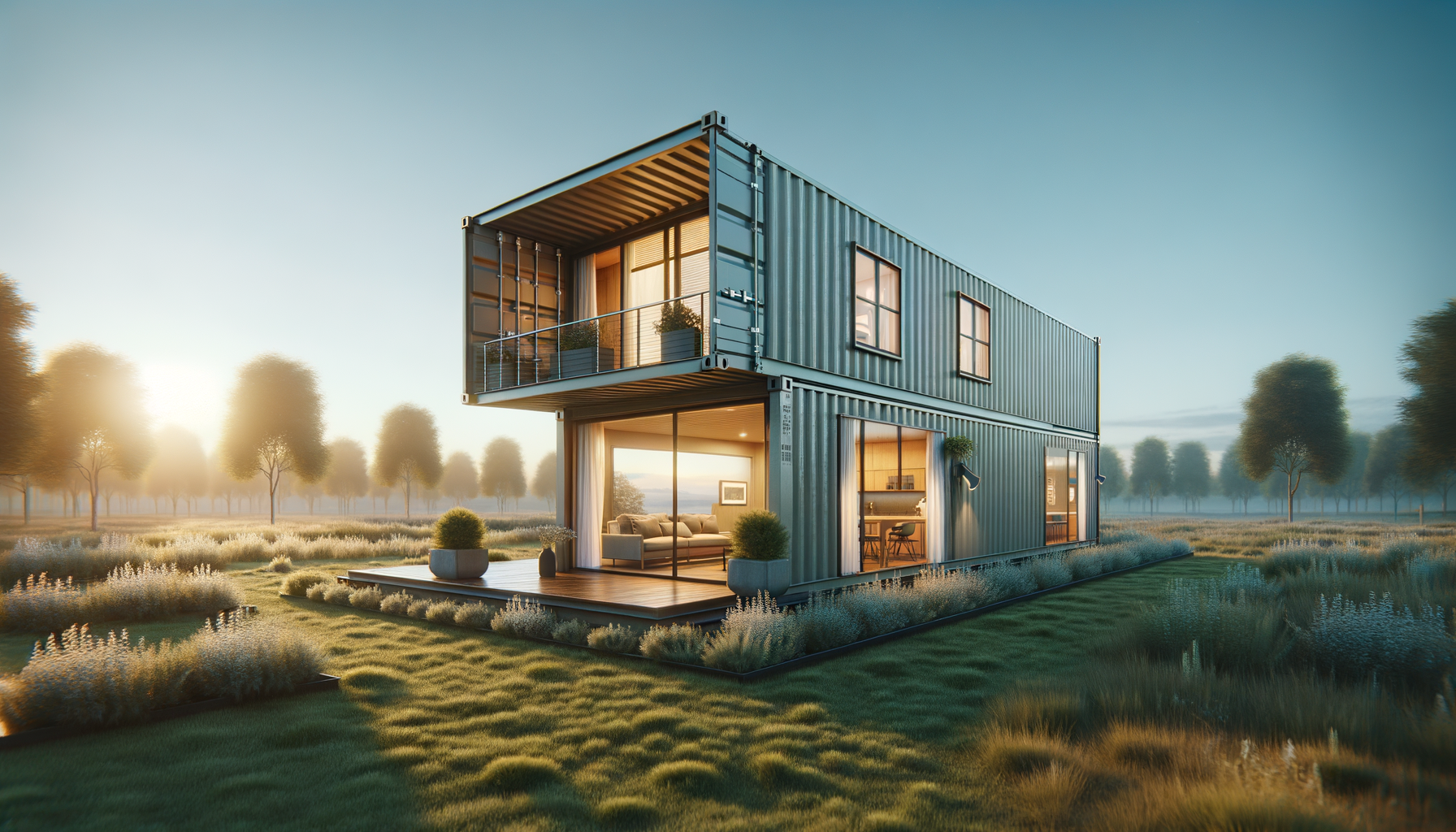Introduction to Shipping Container Homes
In recent years, shipping container homes have emerged as a popular alternative to traditional housing. Their appeal lies in their unique structure, adaptability, and cost-effectiveness. Shipping containers, initially designed for transporting goods across the globe, are now being repurposed into sustainable and innovative living spaces. This transformation not only reflects a shift in architectural trends but also addresses environmental concerns by reusing existing materials. Understanding the process of converting these steel boxes into homes can provide valuable insights into modern housing styles and sustainable living solutions.
The Process of Converting Shipping Containers into Homes
The conversion of shipping containers into homes involves several critical steps. Initially, the container must be inspected for structural integrity to ensure it can support the modifications required for residential use. Once deemed suitable, the container undergoes a transformation that includes:
- Insulation: Proper insulation is crucial to regulate temperature and improve energy efficiency.
- Interior Design: The interior is customized to meet the aesthetic and functional needs of the occupants.
- Site Planning: The container home must be strategically placed to maximize space and comply with local zoning laws.
Each of these steps requires careful planning and execution to ensure the final product is both habitable and compliant with building codes. The adaptability of shipping containers allows for creative design solutions, making them a versatile choice for modern living.
Advantages of Shipping Container Homes
Shipping container homes offer several advantages that make them an attractive option for many. Some of these benefits include:
- Cost-Effectiveness: Using containers can significantly reduce construction costs compared to traditional building methods.
- Durability: Made from strong steel, containers are designed to withstand harsh conditions, making them resilient and long-lasting.
- Sustainability: Repurposing containers reduces waste and promotes recycling, aligning with eco-friendly living practices.
These advantages, combined with the growing interest in sustainable living, have contributed to the rising popularity of shipping container homes worldwide.
Challenges and Considerations
While shipping container homes offer numerous benefits, they also come with challenges that potential homeowners must consider. One of the primary concerns is obtaining the necessary permits and ensuring compliance with local building codes. Additionally, the structural modifications required to transform a container into a home can be complex and may require professional assistance. Other considerations include:
- Temperature Control: Without proper insulation, containers can become extremely hot or cold, impacting comfort levels.
- Space Limitations: The compact size of containers may require creative solutions to maximize living space.
- Resale Value: The unconventional nature of container homes can affect their resale value, depending on market demand.
Addressing these challenges requires careful planning and a willingness to adapt to the unique aspects of container living.
Conclusion: The Future of Container Homes
As the world continues to seek sustainable and affordable housing solutions, shipping container homes present a viable option. Their adaptability, combined with the growing interest in eco-friendly living, suggests that container homes will play a significant role in the future of housing. By understanding the process and challenges involved in converting containers into homes, individuals can make informed decisions about embracing this innovative housing trend. Whether driven by environmental concerns or a desire for unique living spaces, shipping container homes offer a glimpse into the future of residential architecture.




Leave a Reply